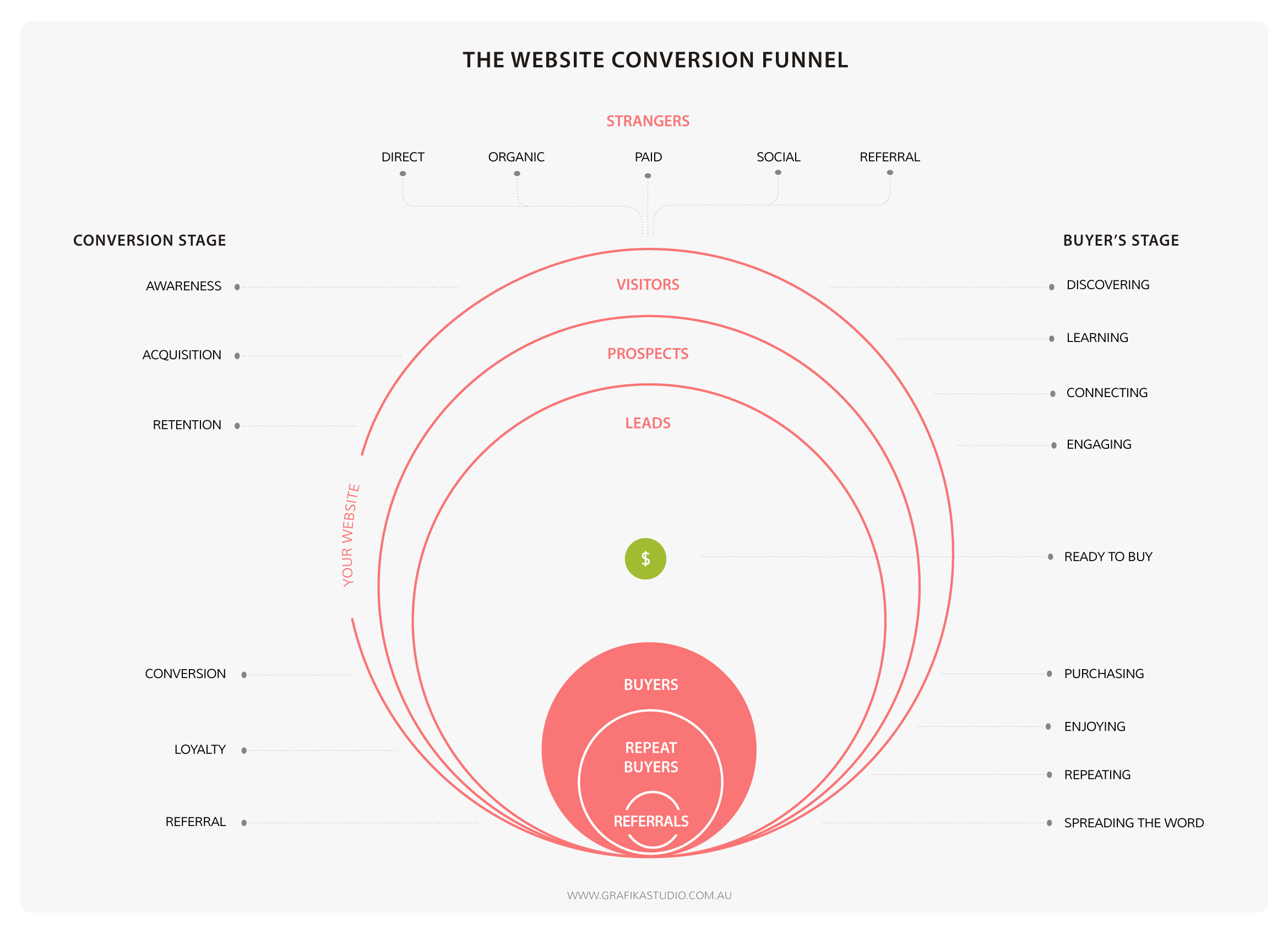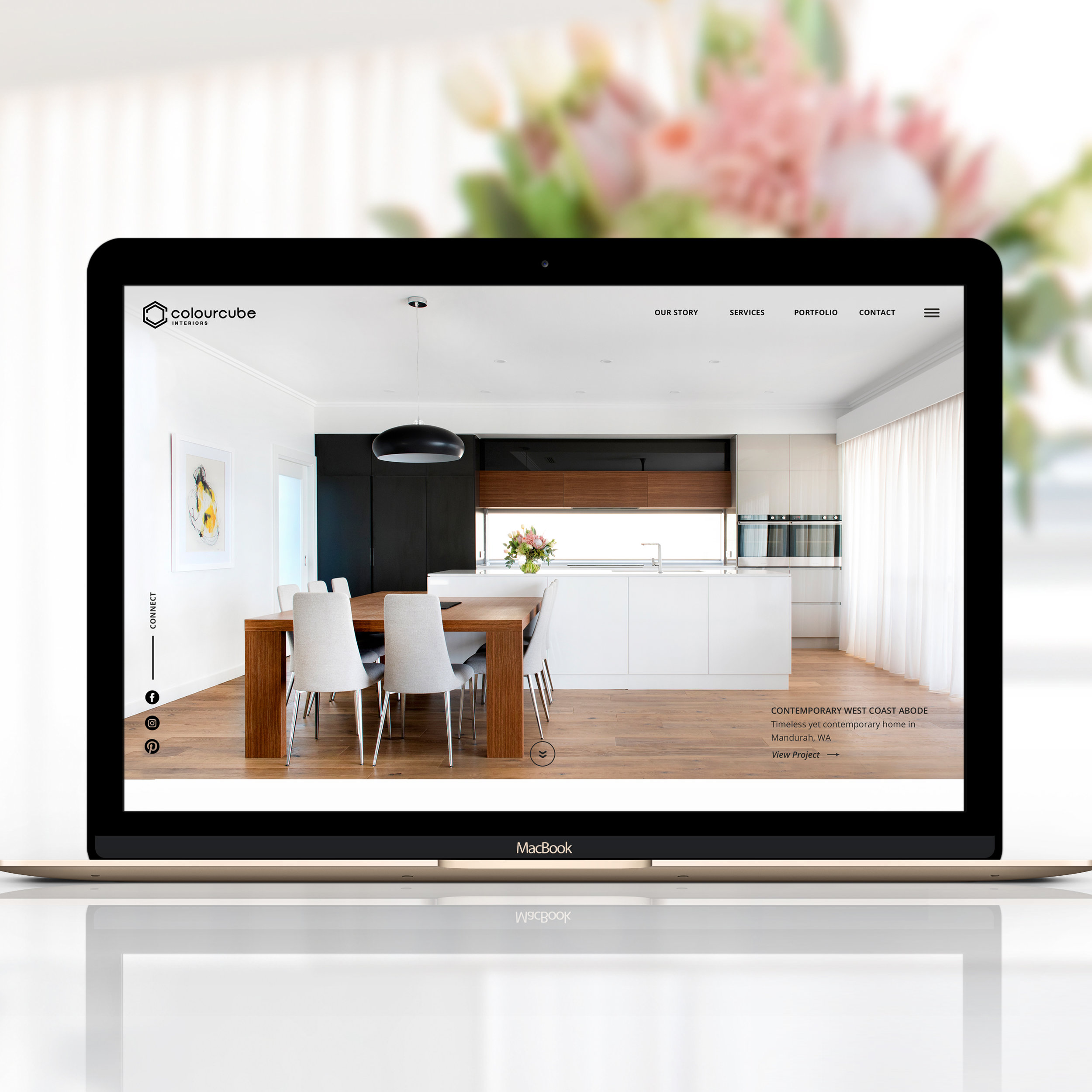You have a great business idea, built a fantastic website and start offering your services, but there’s just one problem: you don’t have any clients.
Your first clients are the hardest ones to get, and unfortunately, no fancy marketing strategies will bring clients to your door if you just started business. Why? Because the first step to getting clients is building trust.
The main purpose of getting your first clients is not to make money; it’s to build trust in your business. Use these first clients to:
• Build a portfolio
• Add testimonials to your website
• Get referrals and recurring work
AdWords, Facebook Ads, SEO, and a lot more advance marketing techniques require money, time and a good understanding to be effective. Even if they lead traffic to your website, your visitors won’t convert, because they don’t find any signs of trust. Who has used your services before? What was the outcome?
*crickets chirp*
In today’s post, I’m sharing what worked for my business and my clients’ businesses in this regard, so that you can save time and money trying to figure out how to get your first client.
1. Email everyone you know
Your first client will most likely come from someone you already know that wants to give you a chance.
When I started my business I emailed all my friends and family members to let them know about my career move and my new business. I asked them for help to find my first clients and mentioned how they could help:
- By following my business in social media
- By liking and sharing all my posts
- By keeping my business cards in their wallets just in case one day they found someone who could use my services.
And that’s exactly how I found my first client: my husband shared my business with everyone he knew too, and his boss’ wife was in need of a new website. (well done John!)
I designed that first website for a third of what I charge today for similar jobs but it was totally worthy, as it has referred me dozens of new projects since then.
|
HINT: When emailing everyone you know, don’t start with a ‘Hi everyone… blah, blah, blah… I need your help’ and copy everyone in the same email. Send personalised messages, one by one, and take that opportunity to show interests in your friends and families’ lives.
|
|---|
2. Use your previous work connections
You may quit your job to take a completely different career path, but if your plans are to continue doing the same type of job that you were doing in your previous company, your work connections are gold.
They've already worked with you, so they know you and your work standards. If you were a good teammate in your previous job, you already have their trust.
Don’t just think about your old boss or work colleagues, but also about suppliers, sub-contractors and other people who used to work with you, and can now give you the chance to work with them on a new project.
This one was the sole strategy that my husband used when he quit his corporate job to work for himself and was effective enough for his business to take off.
3. Introduce your business to your local community
Do you buy from or use the services of a small business in your neighbourhood? Then bring your cards and some flyers with you and introduce your business to them. Small business owners love helping other small businesses.
Your local gym, your hairdresser, your newspaper agency… any of them could need your services at some point, and even if they don’t, they can still help you promote your business among their clientele.
When I started my business I offered my help to my boy’s childcare centre. Also, I never miss any of their parent’s events, always with a bunch of business cards in my pocket.
4. Collaborate with a charity
I must admit I didn’t think about this option when I first started my business, but I was lucky enough to be found by Kelete Studio, a dancing school for kids with disabilities. Since I’ve been collaborating with them they promote my business everywhere.
Charities usually don’t have funds to hire a professional, but they can write testimonials, add jobs to your portfolio and spread the word about you, while you help a worthwhile cause.
5. Offer obligation free consultations
One of the main concerns when hiring a designer is whether you will work well together. That’s why I offer obligation free consultations. Everyone can come and discuss their projects over a coffee, and decide after if we’d make a great team.
Use this consultation to answer your client’s questions and address their concerns. Be helpful, not pitchy or pushy. Give them some information to take with them, and let them make the final decision when they’re ready. This is a great way to build trust.
Small jobs can also let your clients try your services and decide if they like working with you. For that reason, it’s not a bad idea to start offering small design jobs at a low rate, so that people can sample your services and build trust in your business.
Some of my current clients started with just business card designs and other small jobs. Months later they requested an entire rebranding and new website.
6. Network offline
Industry associations and meet-up groups can put you in touch with people who could potentially need your services at some point.
The main challenge here is to find a group where there are no competitors, only potential clients.
However, if you’re in business, then you’re in the business of building relationships. You never know where you are going to find a new client, so network even when you’re not.
When I take my boy to the park in the afternoon, I bring a brunch of business cards with me. You meet other mums at the park every day, so who knows if maybe one day I meet someone who needs my services there.
7. Network online
Many business owners only use fan pages to find new clients. Wrong! There is a more effective way to find a client on Facebook: join relevant groups and participle in conversations.
I find many Facebook groups are a great source of information for my own business, but also a great channel to find new opportunities. I’ve also seen young designers offering free help with small jobs, just to add projects to their portfolios.
The trouble with Facebook groups is to find the ones that are actually useful. Some of them can be a waste of time.
On that note, Facebook groups have landed me a couple of clients so far, Instagram none, so:
Facebook 2 – Instagram 0
|
HINT: when joining Facebook groups; turn on notifications to not miss a thing.
|
|---|
8. Team up with established agencies
Design agencies sometimes find themselves overcapacity and could need some extra help. If they like working with you, they can turn into repeat work and referrals.
If you are a new designer, working with other established businesses would also give you the opportunity to learn and grow by collaborating with more experienced professionals.
9. Free speaking
Although I’m still fighting my fears of public speaking, some of my clients have mentioned many times how effective this method is.
If you can find a free space to host a seminar or workshop, don't hesitate to use it. People are usually quite interested in learning anything that can help grow their businesses and networking with other similar business owners.
If you don’t have a physical space, you can take your presentation online and organise a free webinar on a topic of interest for your potential clients.
You can also get in touch with industry organisations, such as the Chambers Of Commerce, as they like to bring speakers to their meetings.
10. Pitch work in freelance marketplace sites
Although this wouldn’t be a long-term strategy, as jobs are usually low paid here, these sites can be a great way to find work quickly when you are just starting.
Some websites are Upwork, Elance or oDesk. I use Ozlance for Australian clients.
In summary, the only ways to get your first clients is getting out there and talk to people and spread the word because no marketing technique is going to bring clients to your door while you wait comfortably on your couch.
If you liked this post and want to learn to build and run a successful creative business, join my Creative Business School, where you can access all the must-know strategies and tools to explode your business growth in just 6 weeks.




































